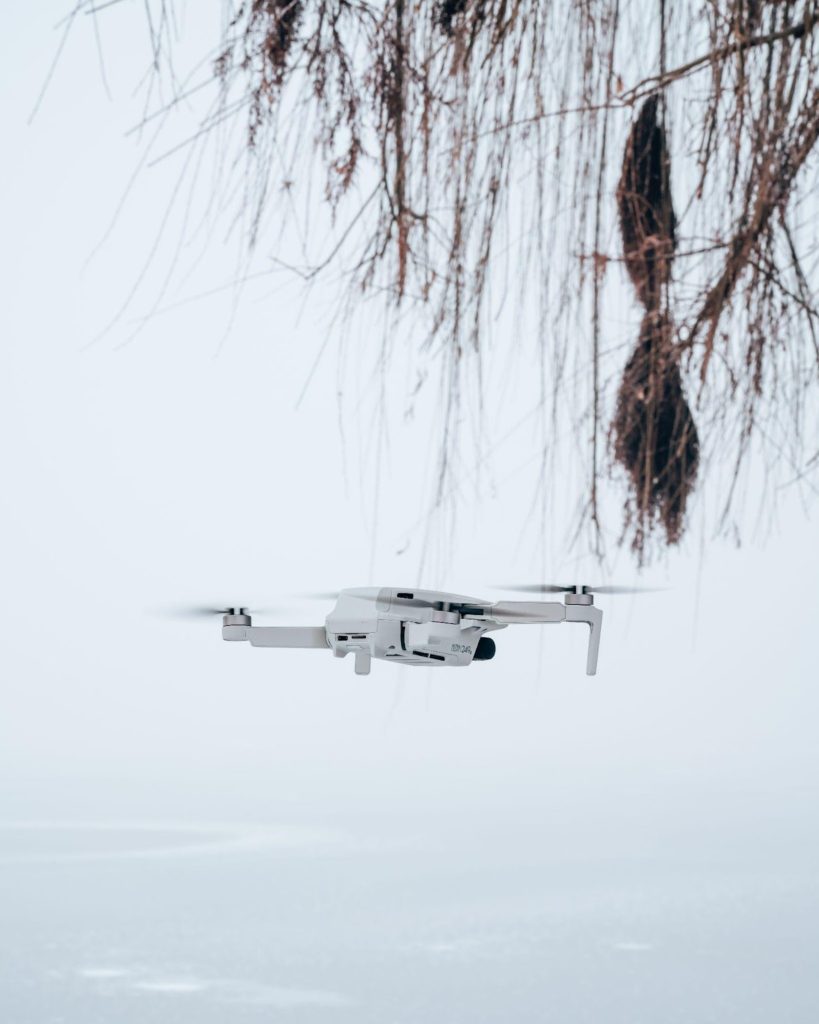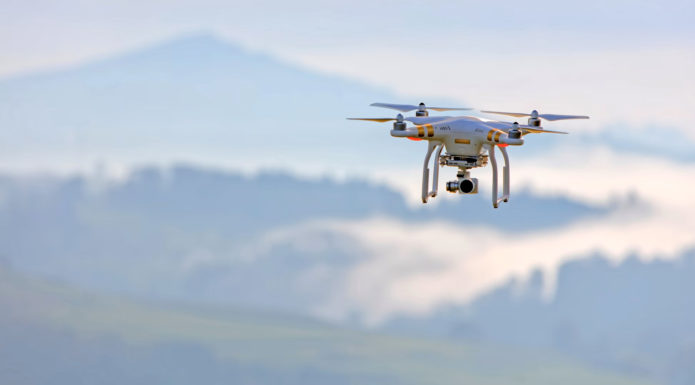Drones, previously associated with war or entertainment, are increasingly being used in a wide range of businesses due to their capacity to increase production and reduce costs. It is true that in recent years, companies have invested millions of dollars in ventures related to these teams, and this trend is expected to continue in the future as well.
How have drones ushered in new possibilities?
Drones have generated new opportunities and efficiencies in industries like mining, seaports, oil and gas, and other huge-scale industrial locations. They have evolved into very powerful, flexible industrial tools capable of performing different jobs. Industry professionals are increasingly turning to drones to improve and optimize industrial processes and boost operational efficiencies.
You can use drones at many phases in the lifecycle of a facility. Given their limitless vision, data collection, and analytic capabilities, automated drones are valuable in many industries. Drones are completely automated and can perform varietal tasks. Drones are often used for:
- Security and monitoring in schools and colleges
- surveillance,
- emergency response, and
- infrastructure assessment at oil and gas facilities.
They are also used in seaports for:
- mapping,
- surveying,
- operational oversight,
- port monitoring, and traffic control, among other things.
Drones can be used in mining operations for:
- stockpile management,
- tailings dams,
- inspections, and more.

Industrial use of drones
Infrastructure: Development and maintenance
Drones can evaluate existing infrastructure for less money, faster, and, most importantly, safety. Several energy firms monitor power lines, power plants, and storm damage with the help of drones. Additionally, a few solar power plants use it to upgrade their solar farms. Similarly, start-ups are employing it to undertake wind turbine checks that previously took hours but now take only a few minutes.
Drones are being used to monitor bridges, dams, oil platforms, wind turbines, solar farms, communication towers, and pretty much any other hard infrastructure. It is logical to assume that as drones and robots grow more dexterous and self-aware, more robotics vendors will discover lucrative applications in infrastructure maintenance. This tendency will almost certainly spread to underwater robots, gliders, and other devices.
Construction
Aerial inspection in real-time enables speedy surveying of sites or the detection of errors. According to research, the number of life-threatening accidents on building sites monitored by drones reduced by as much as 90%. Construction equipment firms have invested in drones in recent years and merged them with their current dealer network. Roofs, building sites, mining activities, and utilities can all benefit from this setup.
Miscellaneous use of drones
Military
You may know that the military has been using drones for many years now. In the early 1940s, the British and American forces began employing primitive drones to spy on the major countries. Today drones are considerably more advanced than UAVs of the past, including thermal vision, laser range finders, and the ability to launch airstrikes.
Delivery
Delivery drones are primarily self-contained unmanned aerial vehicles (UAVs) that deliver meals, packages, or items to your front door. These compact flying vessels are often referred to as the last mile delivery drones given that they are used to make deliveries from businesses or warehouses or retailers. Rather than relying on inefficient trucks and delivery drivers, merchants and supermarkets throughout the country are turning to drones as a more efficient delivery option.
Agriculture
Drones have also shown to be advantageous to the agriculture business, providing farmers with a variety of options for increasing efficiency and reducing physical strain on their farms. Field surveys, sowing over fields, tracking livestock, and predicting crop production are all made easier with the use of UAVs, saving time for agriculture workers.
Makes delivery easier to faraway places
The transportation industry, for its part, has been one of the most active in the use of unmanned aerial vehicles for the optimization of its operations, because drones allow it to solve logistical problems at a very cheap cost.
Several big-scale e-commerce businesses have started utilizing drones for the best interest of their customers. Similarly, various other companies are using drones for product delivery, as they are a very beneficial technology for deliveries in distant or difficult-to-access regions, such as islands or oil rigs.
Preservation of wildlife and historical structures
Drones have proved to be a more practical and cost-effective method to preserve wildlife. Earlier, tracking wildlife populations was practically impossible with humans on the ground. Thanks to drones, wildlife conservationists can monitor wandering birds and mammals to gain a better understanding of the health of their species and ecosystems. Drones for preservation are also effective in Asia and Africa in the battle against poaching.
Drones are being used in reforestation efforts around the world. The forest floors that have already been devastated by forest fires are assessed using these airborne instruments. They drop seed vessels, which contain seeds, fertilizers, and nutrients that contribute to the regeneration of a tree.
Photography
You may be aware of the new trend called ‘drone photography’. Drones have been a benefit to photographers who employ unmanned aerial vehicles (UAVs) to take large-scale aerial photographs. If you have ever desired to capture a bird’s eye view of your favorite city, beach, or structure, then drones are the ultimate answer. Some drones designed exclusively for capturing impossible heights and photography that offer a different perspective on some of your favorite locations. It is now also used for wedding photography.
Did you know?
A majority of the governments require you to get insurance for drones. This provides coverage for third-party damages incurred as a result of drone accidents and typically includes coverage for bodily injury and property damage. Aside from the government mandate, public safety should be the highest concern. Before flying drones in any location, businesses must have liability insurance. Commercial drones insurance coverage differs based on a State’s policy and reported restrictions.
Conclusion
Commercial drones are now having the most impact by serving as a company’s eyes and ears in a cost-effective and timely manner. Drones are becoming increasingly popular in businesses that require big volumes of visual data or access to difficult-to-reach locations. Businesses are one of the places where we’ve seen them in action.


